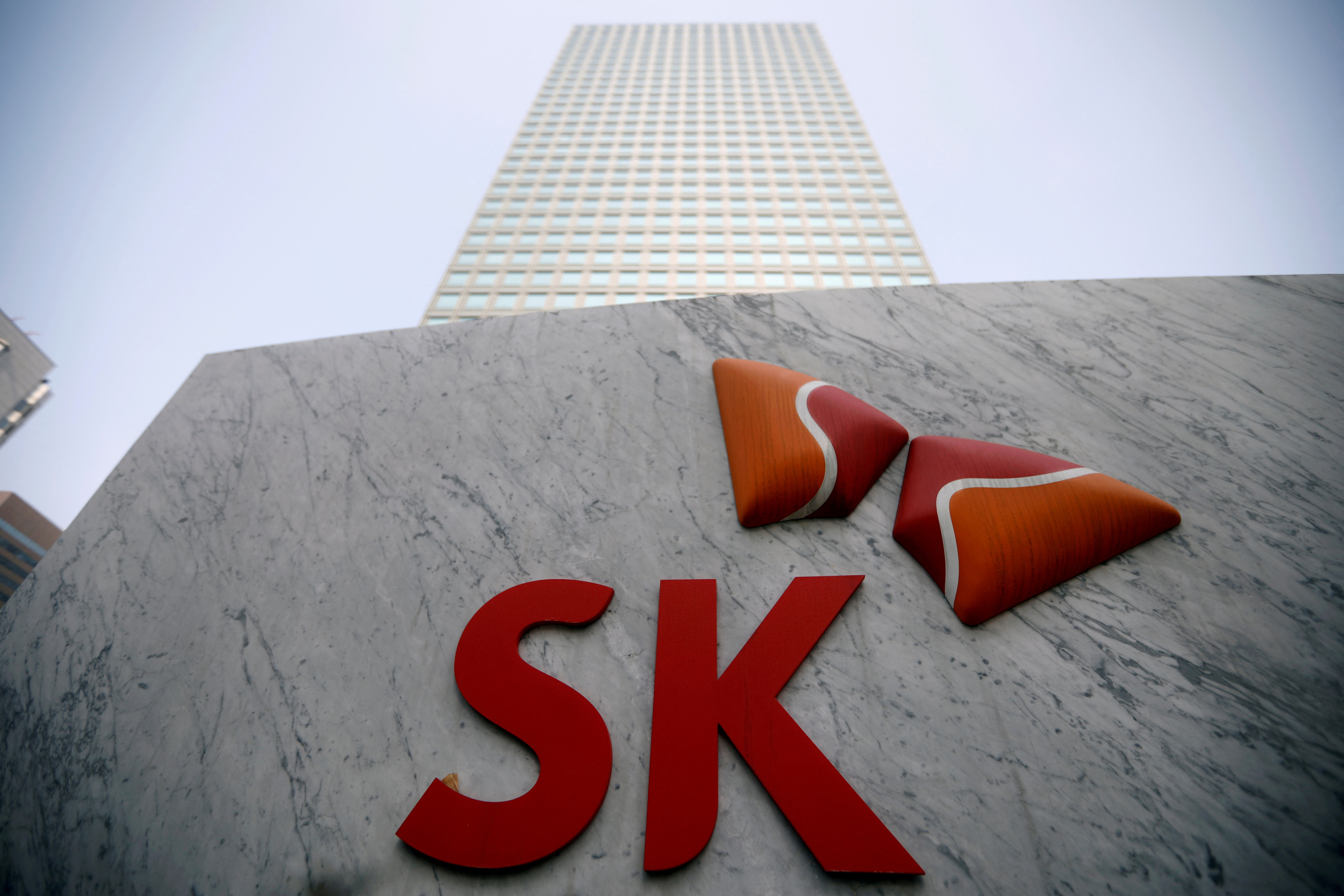Ford Motor intends to lay off at least 1,000 salaried and contract employees in North America, according to sources with knowledge of the matter. This is the automaker’s latest endeavor to offset the high cost of investing in electric vehicles.

A company spokesman verified Tuesday morning that Ford began notifying salaried workers in North America of impending layoffs during Monday’s internal meetings. According to him, the planned cutbacks are concentrated in the engineering department, where Ford is aiming to reduce costs across its business units.
In the past year, the automaker has conducted multiple cycles of global layoffs, including a 3,000-person reduction in the United States last summer and a slightly larger reduction in Europe this year.
Ford employs approximately 28,000 salaried workers in North America. The proposal for another round of layoffs at the American automaker was first reported by The Wall Street Journal last week.

A company spokesman verified that this latest reduction in Ford’s white-collar workforce includes employees in its electric-vehicle and software divisions.
According to him, the layoffs will also affect employees in the automaker’s gas-engine and commercial-vehicle divisions.
A company spokesman stated that managers held meetings on Monday to inform employees of impending redundancies and instruct affected teams to work from home for the remainder of the week.
Many manufacturers are concentrating on areas where they can reduce expenses to compensate for their substantial investments in EV development. General Motors and Stellantis have both begun offering buyouts in recent months, with executives emphasizing the need to control costs as they invest more in electric and digital technology. Stellantis’s buyout proposals included unionized factory employees in the United States.
Ford’s layoffs of salaried employees occur weeks before the scheduled start of negotiations with the United Auto Workers union over a new four-year labor contract for its hourly factory employees.
The automaker, along with rivals Stellantis and GM, faces a particularly difficult round of negotiations with a higher-than-usual strike risk, analysts say, citing the UAW’s new leadership’s hardline stance.

Jim Farley, Ford’s chief executive, noted that the automaker’s legacy business of manufacturing internal-combustion-engine vehicles is substantially less efficient than rivals’.
According to executives, Ford’s annual expenses of $7 billion to $8 billion are excessively high compared to those of its competitors. Executives have stated that the company is streamlining its supply-chain expenditure, reducing the complexity of its vehicle lineup, and tightening its warranty costs in order to eliminate this cost gap.
Analysts predict that the profitability of electric vehicles (EVs) will be low for several years as companies scale up production and work to reduce battery costs. As a result, increasing profit margins on the internal-combustion side of the business has become a crucial focus for traditional manufacturers. Farley stated last month that the cost of producing an electric vehicle (EV) may not equal that of an internal combustion engine (ICE) vehicle until after 2030.
Ford has projected that its EVs division will lose $3 billion in operating profit this year. Some analysts have questioned whether the automaker will require additional financing, despite the assertions of the automaker’s executives that profits from its gas-engine operations will sustain the business despite the losses.

The automaker has sought government financing for the expansion of its battery-manufacturing operations as its executives have prioritized cost-cutting measures across the organization, including the reduction of its workforce.
The Energy Department announced last week that it would lend $9.2 billion to a Ford joint venture to support the production of EV batteries across three facilities in the U.S. South. This is the largest loan commitment in the loan program’s office history. The injection of one billion dollars is intended to strengthen Ford’s joint venture with Korean battery manufacturer SK On, which includes two battery factories in Kentucky and one in Tennessee.
UAW President Shawn Fain, who was elected in March, has criticized the federal loan, noting that Ford is receiving assistance on top of its already substantial profit, and that this influx of cash is not inherently benefiting the company’s workforce.
These businesses are exceedingly profitable and will continue to make money hand over fist regardless of whether they sell combustion engines or electric vehicles. “Yet the workers’ share of the pie continues to shrink,” he said.

